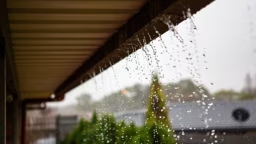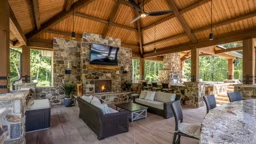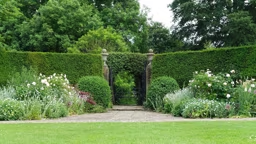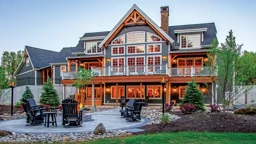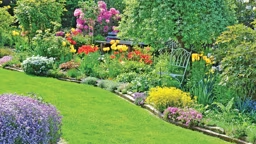
1. Design your lawn to make it as easy to care for as possible.
For example, instead of planting the lawn against walls or fences, install a hard-surface border around the edge at ground level. When you cut the grass, the mower’s wheels can run along that edge and allow the blades to catch every bit of grass.
2. Be generous with the mulch.
In areas where you have planting beds, use a generous amount of mulch to keep weeds at bay and reduce the amount of time you spend watering.
See also A Rustic Montana Timber Home Masterpiece
3. Make plans for growth.
Make your beds narrow enough so that you can reach across easily, but not so narrow that plants continually outgrow their bounds.
4. Group plants together according to their treatment requirements.
It’s easier to fertilize plants that are all in one place, rather than scattered throughout the property.
5. Add a ground cover for limited weeding.
Most ground covers need little or no maintenance once they’re established. As for weeding, a healthy, densely growing ground cover should choke out all but the most persistent weeds, and those that remain will be spindly and weak.
6. Plant flowering shrubs for color and texture.
Shrubs require less care than annuals and perennials. The good news: You don’t have to give up flowers if you opt for low-maintenance flowering shrubs. A variety of shrubs produce attractive in-season blossoms, and many of them even are suitable for cuttings for indoor arrangements.
7. Plant ornamental grasses.
Most ornamental grasses need little care and look attractive for much of the year. Ornamental grasses can be a sophisticated addition to a floral border; a natural, softening effect along the edge of a pond; or an exuberant statement in a border devoted solely to different grass varieties.




